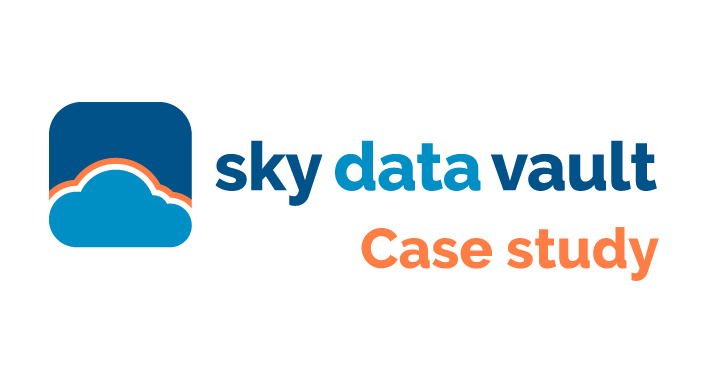
Interview: How Roopinder Singh Got the AUSA Back Up and Running
Interview: How Roopinder Singh Got the AUSA Back Up and Running
When technology stops working, organizations can freeze. Our client, Roopinder Singh, the Senior Network Administrator for The Association of the United States Army, knows first hand that failed technology can cause big problems and sometimes it can take a long time to recover… We recently interviewed him about his scramble to fix a failed server at his office. Here’s how he got back up and running quickly, after a day of chaos.
The servers at the offices of The Association of the United States Army (AUSA) are used to help support current and retired Army personnel. They’re vital for running operations supporting our troops past and present. According to Mr. Singh, “These servers act as the front end to an application that is vital to all of our members around the globe. It also manages services that support our chapters, members, and staff.” Many veterans rely on AUSA for support during and after their service to the US Army.
One night at 1:30 am, Mr. Singh received an error email from his network monitoring system. The servers at his office had gone down. Without them, AUSA would not be able to operate. He knew this was a serious situation.
Mr. Singh took immediate action by identifying the problem himself. “At first, tried troubleshooting it from home. That didn’t work. I went into the office around 4:00 am to try to further resolve it, that didn’t work either. Then, tried calling the hardware vendor. He told me it would take a few hours to get someone to the office. I didn’t have time. Instead, I engaged our development team. We were able to replace the production server with the development server. At least we were up and running, but not at full capacity.” He eventually moved to the disaster recovery phase with SDV.
Mr. Singh got a response within fifteen minutes. From there, our advisors were able to get his servers back up and running. “I explained the issue. They were able to restore the server from their Secure Cloud into our secondary virtual environment. That was a big deal. We were back up within an hour! The virtual environment meant we didn’t need to wait to get more equipment on-site. We were back up and running at full capacity without any additional effort.”
That’s the key point. If you are an SDV client and anything ever happens to your servers, a call to SDV should be the first step you take. There is no need to do anything else. Don’t take our word for it though, take Mr. Singh’s. “Next time, I’ll just call SDV. That one call would have saved a lot of time, not to mention a few hours of sleep.”
If you have any questions, you can call us too. We’re always happy to help.
